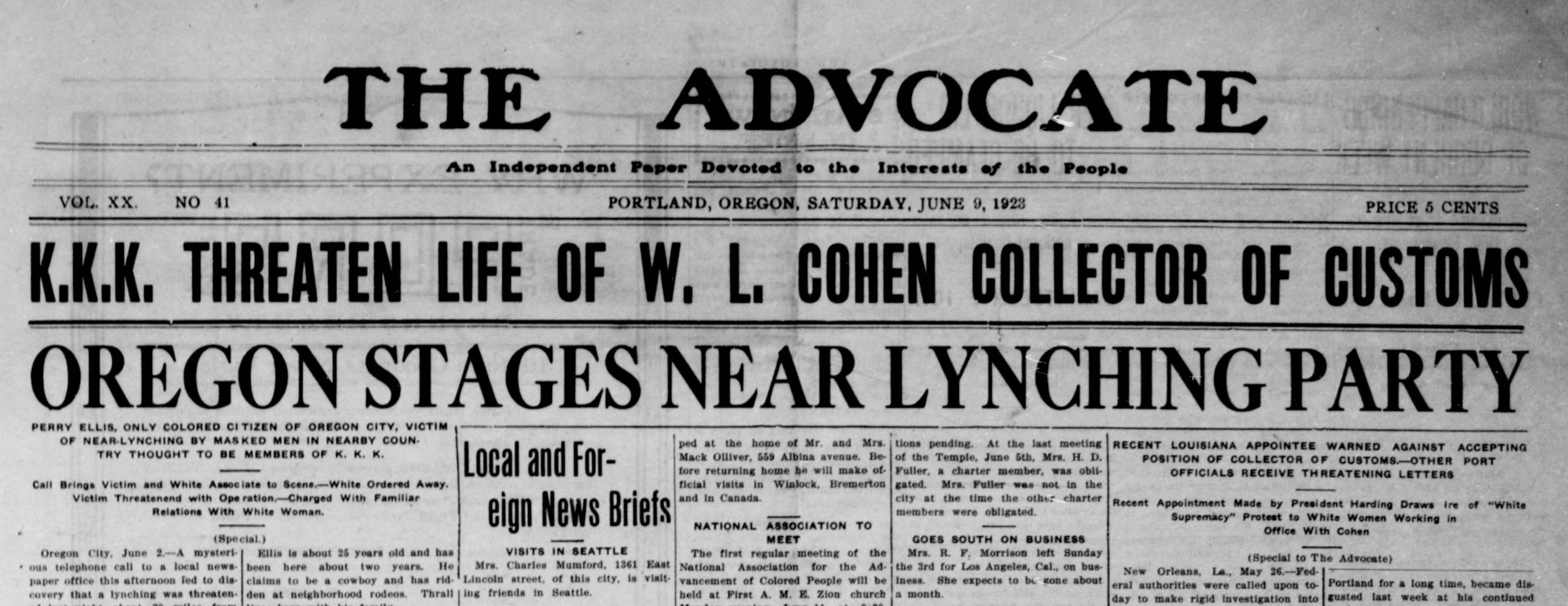See This Report about News Articles
Table of ContentsSee This Report about News ArticlesSome Known Factual Statements About News Articles News Articles Things To Know Before You Get ThisThe Facts About News Articles UncoveredUnknown Facts About News Articles
Excellent understanding of various subjects gives pupils an one-upmanship over their peers. Also though digital and social media sites are conveniently obtainable, we must not neglect how crucial it is to review the newspapers. Moms and dads must try and instill the habit of checking out a paper as an everyday routine to continue the tradition of the revered print tool.News stories likewise consist of at least one of the adhering to crucial qualities about the intended audience: proximity, prestige, timeliness, human passion, quirk, or consequence. The associated term journalese is often used, typically pejoratively, to describe news-style writing. An additional is headlinese. Papers generally stick to an expository writing style.
Within these limitations, information stories additionally intend to be detailed. Amongst the larger and extra highly regarded newspapers, fairness and equilibrium is a significant aspect in presenting details.
Papers with an international audience, for instance, tend to make use of an extra formal style of creating. The particular selections made by an information outlet's editor or content board are typically collected in a design overview; typical style overviews consist of the and the US News Design Book. The major goals of information writing can be summarized by the ABCs of journalism: accuracy, brevity, and quality.
News Articles - The Facts
Generally, journalists will certainly not make use of a lengthy word when a brief one will do. They use subject-verb-object construction and vibrant, energetic prose (see Grammar). They supply anecdotes, examples and allegories, and they seldom depend upon generalizations or abstract ideas. News writers try to prevent using the same word greater than as soon as in a paragraph (in some cases called an "echo" or "word mirror").
Nevertheless, headlines sometimes leave out the topic (e.g., "Jumps From Watercraft, Catches in Wheel") or verb (e.g., "Cat lady fortunate"). A subhead (additionally subhed, sub-headline, subheading, caption, deck or dek) can be either a subservient title under the major headline, or the heading of a subsection of the post. It is a heading that precedes the major message, or a group of paragraphs of the major text.

Additional signboards of any of these types might appear later on in the short article (especially on subsequent web pages) to tempt further reading. Such billboards are also utilized as pointers to the post in various other sections of the magazine or site, or as ads for the piece in various other publication or websites. Typical framework with title, lead paragraph (summary in strong), various other paragraphs (details) and get in touch with details.

Example of a hard-lead paragraph NASA is suggesting another room project. The budget requests roughly $10 billion for the task.
The NASA statement came as the company requested $10 billion of appropriations for the task. An "off-lead" is the second most vital front web page news of the day. The off-lead shows up either in the leading left corner, or straight listed below the lead on the. To "bury the lead" is to begin the write-up with history details or information of second significance to the visitors, requiring them to learn more deeply into a write-up than they need to need to in order to uncover the necessary factors.
The Greatest Guide To News Articles
Typical use is that or 2 sentences each develop their very own paragraph. Journalists usually define the company or framework of a newspaper article as an upside down pyramid. The vital and most interesting components of a tale are put at the beginning, with supporting information adhering to in order of diminishing relevance.
It enables individuals to check out a subject to only the depth that their inquisitiveness takes them, and without the charge of information or nuances that they could take into consideration unnecessary, but still making that information readily available to more interested visitors. The inverted pyramid structure also makes it possible for short articles to be trimmed to any you could look here type of arbitrary length throughout layout, to fit in the area available.
Some authors start their tales with the "1-2-3 lead", yet there are numerous kinds of lead available. This style usually starts with a "5 Ws" opening paragraph (as defined above), complied with by an indirect quote that offers to sustain a significant aspect of the initial paragraph, and afterwards a straight quote to support the indirect quote. [] A twist can describe several points: The last tale current broadcast; a "pleased" story to end the show.
Longer short articles, such as publication cover short articles and the pieces that lead the inside sections of a paper, are recognized as. Attribute stories differ from straight information in numerous means.
The smart Trick of News Articles That Nobody is Discussing
The reporter typically details interactions with interview topics, making the item much more individual. A feature's initial paragraphs often try here connect an appealing moment or event, as in an "unscientific lead". From the particulars of a person or episode, its sight swiftly broadens to abstract principles regarding the story's topic. The area that signifies what an attribute is around is called the or billboard.

The Editor's Tool kit: A Reference Guide for Beginners and Professionals (2001) Allan M. Siegal and William G. Connolly. The New York City Times Handbook of Style and Use: The Authorities Design Guide Made Use Of by the Writers and Editors of the Globe's A lot of Authoritative Paper (2002) M. L. Stein, Susan Paterno, and R.
Comments on “A Biased View of News Articles”